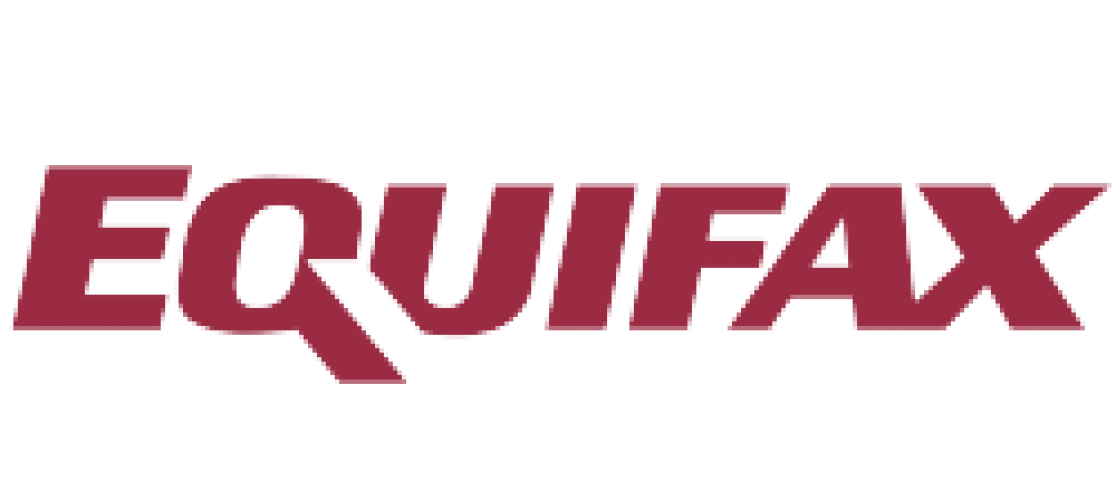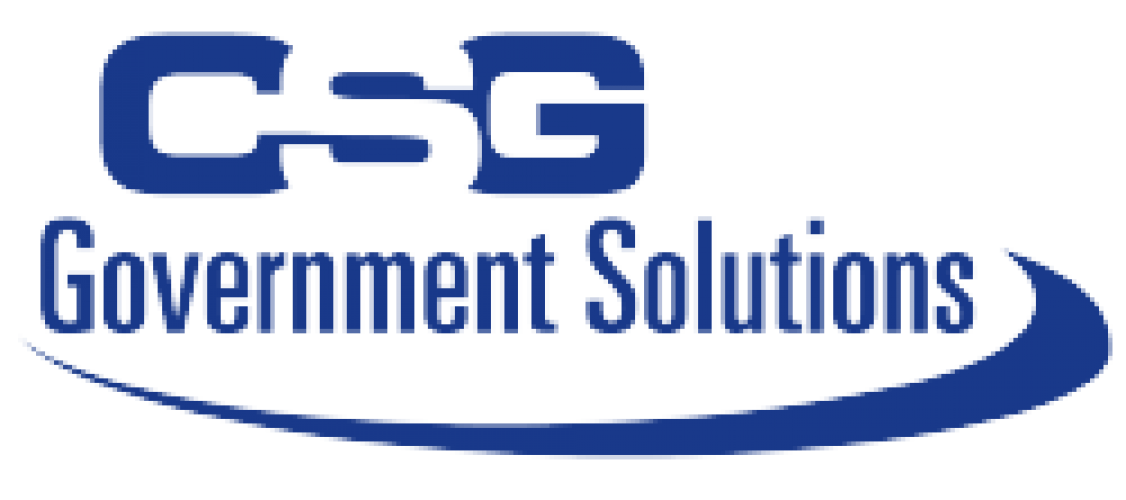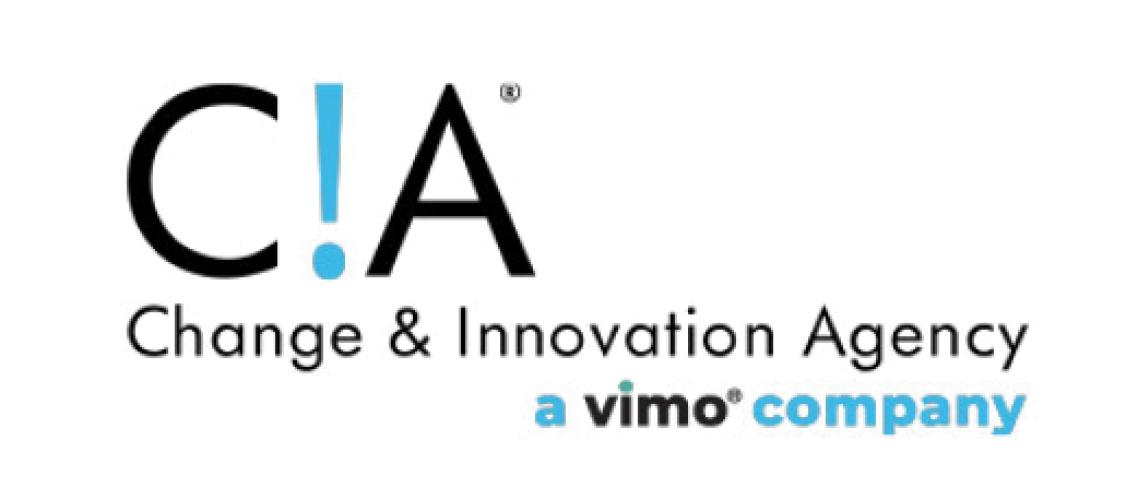Veteran Job Hold Issue Brief
Background
Under Title 38 of the United States Code, the public workforce system is required to provide priority of service to all Veterans and eligible spouses who receive services through any US Department of Labor (DOL) funded employment and training program. This concept has been in place since the passage of the Jobs for Veterans Act in 2002, Public Law 107-288. A final rule in 2009 further declared that DOL grant recipients enhance their policies and procedures to be in compliance. In summary, program operators are required to provide priority of service as a condition of receipt of DOL employment and training funds. This requirement cannot be waived, and is not limited to services provided by JVSG funded personnel.
As defined by law, priority of service means that “covered persons” (Veterans and eligible spouses) receive access to service earlier in time than non-covered persons, or if resources are limited, “covered persons” receive access to the service earlier than or instead of non-covered persons. For example, if an American Job Center (AJC) is offering a resume workshop paid for with DOL funds and there are two seats available, but three people – one of whom is a Veteran – want to attend, the Veteran will get one of the two seats. The Veteran does not have the right, however, to “bump” someone from the workshop.
Priority of service does not apply to active duty military personnel, military spouses not otherwise eligible, and Veterans with dishonorable discharges. It does not apply to Unemployment Insurance – either the filing of claims, adjudication, or payment of benefits.
Issue
There is no federal requirement that states hold job orders for any period of time in an attempt to provide priority of service. The goal of this issue paper is to help identify other means for providing Veterans and eligible spouses’ timely access to job information in accordance with priority of service provisions.
State Surveys on Holding Job Orders
In 2018, the National Labor Exchange (NLx) conducted a survey inquiring about several labor exchange topics, including state workforce agencies’ policies for holding job orders for Veterans in their state job banks. Out of 45 state responses, 28 states/territories indicated they held job orders for periods of time ranging from four to 48 hours, ostensibly to provide priority of service to Veterans and eligible spouses.
- Some of states holding jobs applied additional criteria:
- At least one state held all manually entered jobs for the first 24 hours, making them visible to only registered Veterans.
- At least one state only applied priority of service to job postings that were part of a registered employers’ account.
- At least one state held all new jobs for Veterans only for the first 48 hours. Eligible spouses were able to see them for an additional 24 hours before they were available to the public 72 hours after entry.
- At least one state did not apply any hold to spidered jobs, or jobs received through the National Labor Exchange. At least one state reported having a 24-hour hold except on weekends and holidays, when no staff would be available to release the job order to the public.
A follow-up survey was conducted in December 2019 to see if any state policies had changed, and to potentially obtain information from states who had not responded to the 2018 survey. This second survey was sent to the state Veteran program coordinators who are members of the NASWA Veterans Affairs committee. Seven more states/territories responded with new information, several others provided updates, and others confirmed their previous policies were still in place.
Fifty-two states/territories responded to the 2019 survey. Thirty-seven states reported holding job orders, while 15 applied no hold to employer or staff entered job orders. Nineteen states also place a hold on job content received from the National Labor Exchange; 33 do not. Once again, the primary reason provided for the hold was to provide priority of service for Veterans by giving them the first opportunity to apply for job opportunities. Since no federal policy exists mandating such holds, all states instituting job order holds are assumed to be following their own state policy.
2019 survey summary:
- 71.2% of state respondents (37/52) hold staff and employer entered job orders
- 28.8% of state respondents (15/52) do not hold job orders
- 36.5% of state respondents (19/52) hold job content received from the NLx
- 63.5% of state respondents (33/52) do not hold job content received from the NLx
Impact of Technology
Before the advent of on-line career portals and application systems, holding job orders to fulfill priority of service obligations made sense. In many cases,
job orders received by a state workforce agency were written on paper cards. Staff would manually search paper files/databases for qualified candidates, and either call or send postcards to those individuals who matched the employer’s requirements. States were able to control access to this information because it was not available online, publicly available or outside of regular business hours. A job seeker had to either come into a local office, or call for information about new job opportunities. Employer expectations were based upon this model where it could take several days to get information out about their job opportunities.
All of that has changed in recent years with the development of online career portals, state job banks, and improved access to the internet at public access points, personal ownership of computers, and the widespread use of smartphones, email and social media. American Job Centers are no longer the sole source of job listings. Employers often have the same job on their corporate career site as listed on the state job bank, and the employer is most likely not placing any type of hold on their website. Setting arbitrary holding periods can both annoy employers and Veteran job seekers, and potentially drive them away from the AJC after you have finally convinced them you are not just the “unemployment office.” Employers now expect immediate response to their staffing needs, and may be unaware of or unfamiliar with a state’s hold policies. Job seekers who understand online portals will not rely on state resources if they believe the information available is out of date or unavailable, and will instead go directly to the corporate career site, or other for-profit tool.
Smart Strategies for Applying Priority of Service to Job Orders
- States with job hold policies are strongly encouraged to consider other options that are more transparent, employer-friendly, and reflective of changing technology and job-seeker behavior. Placing an arbitrary holding period is obsolete and not customer-focused. States that do not currently hold job orders are still able to provide required priority of service per regulations. Here are some examples:
- Ohio’s job matching system takes all Veteran resumes to the top so they are the first resumes an employer sees.
- Nevada only holds jobs as long as it takes to notify qualified Veterans of the job opportunity.
- Utah’s state system identifies employer Veteran partners, Veterans, Transitioning Service Members, and eligible spouses with a star symbol. State leaders say this lets both the seeker and the employer know who has pledged to hire Veterans.
- Minnesota does something similar to Utah. “We flag veteran-friendly jobs and veterans can self-identify as a veteran so that employers can search for them,” said a state administrator.
- In Arkansas, job orders are normally released within an hour after the JVSG staff has had an opportunity to scan the pool of Veterans for any potential referrals.
- Wyoming first does a Veteran search for qualified candidates, and then a search for all candidates. “No holds in the world of technology,” says a state administrator.
- North Dakota allows and encourages employers to list positions indicating they are either Veteran-friendly or that Veterans have employment preference. Oregon also does not hold jobs, but follows a model similar to Ohio. Their job matching system sorts and moves “Veterans and Eligible Spouses” to the top of the search results list making it possible for WorkSource Business Team staff to identify and notify qualified veteran candidates first, by sending a job notification e-mail, or at times, making that phone call directly to the veteran candidates. Oregon used to have a three-day hold policy, but dropped that due to the advancement of technology, internet job boards and employer websites. They also did not want a hold status becoming a barrier to potential hires.
Technical and Policy Considerations
Depending on the job-matching tool, some states who wish to eliminate job order holds may have to work with their vendor to remove that component, or initiate a process where Veterans and eligible spouses are displayed first, or with some type of icon or symbol.
Priority of service for job orders is applicable for only a brief period of time starting the day the job order is added into the system, and databases searched for qualified candidates. Is priority of service occurring on subsequent days, after more jobs and customers are added to the matching system?
Confusion and misunderstanding persist about the concept of “Veterans Preference” and “Priority of Service.” All AJC staff should be trained on the two policies, and understand that neither guarantee employment. Veterans’ preference typically applies to federal civil service and state merit positions, although many states have now enacted Veterans’ preference laws for private employers.
States that hold some job orders but not others are also creating confusion for their job seeker customers. Are employers aware their job orders are not being shared with the general public?
In addition to the considerations above, states may want to reference the following questions when evaluating or developing a priority of service policy.
- Is there a way to represent veteran-friendly job openings in state job banks in a manner easily identifiable to jobseekers (e.g. using a star or flag as a symbol marker)?
- How is the state’s current or proposed policy messaged to employers?
- What staff training might be needed to manage job seekers’ and employers’ expectations about priority of service?
- For states holding job orders, how does that policy impact job content provided daily to the National Labor Exchange?
- Has your state considered enacting a voluntary Veterans’ priority of service policy for private, for-profit employers?
Questions?
Email Lori Adams, Veterans Policy Director, at ladams@naswa.org
Resources
- “A Protocol for Implementing Priority of Service for Veterans and Eligible Spouses,” prepared by the US Department of Labor Employment & Training Administration (ETA) and Veterans Employment & Training Services (VETS)
- Veterans Program Letter 07-09 and Training & Employment Guidance Letter 10-09, “Implementing Priority of Service for Veterans and Eligible Spouses in all Qualified Job Training Programs Funded in Whole or in Part by the U.S. Department of Labor.”
- “Strategies for Implementing Priority of Service to Veterans in Department of Labor Programs,” The Urban Institute, September 2004.
- Jobs for Veterans State Grants (JVSG) Primer, last updated May 26, 2019.
- 38 USC Chapter 41: Job Counseling, Training and Placement Services for Veterans.
March 2020


































